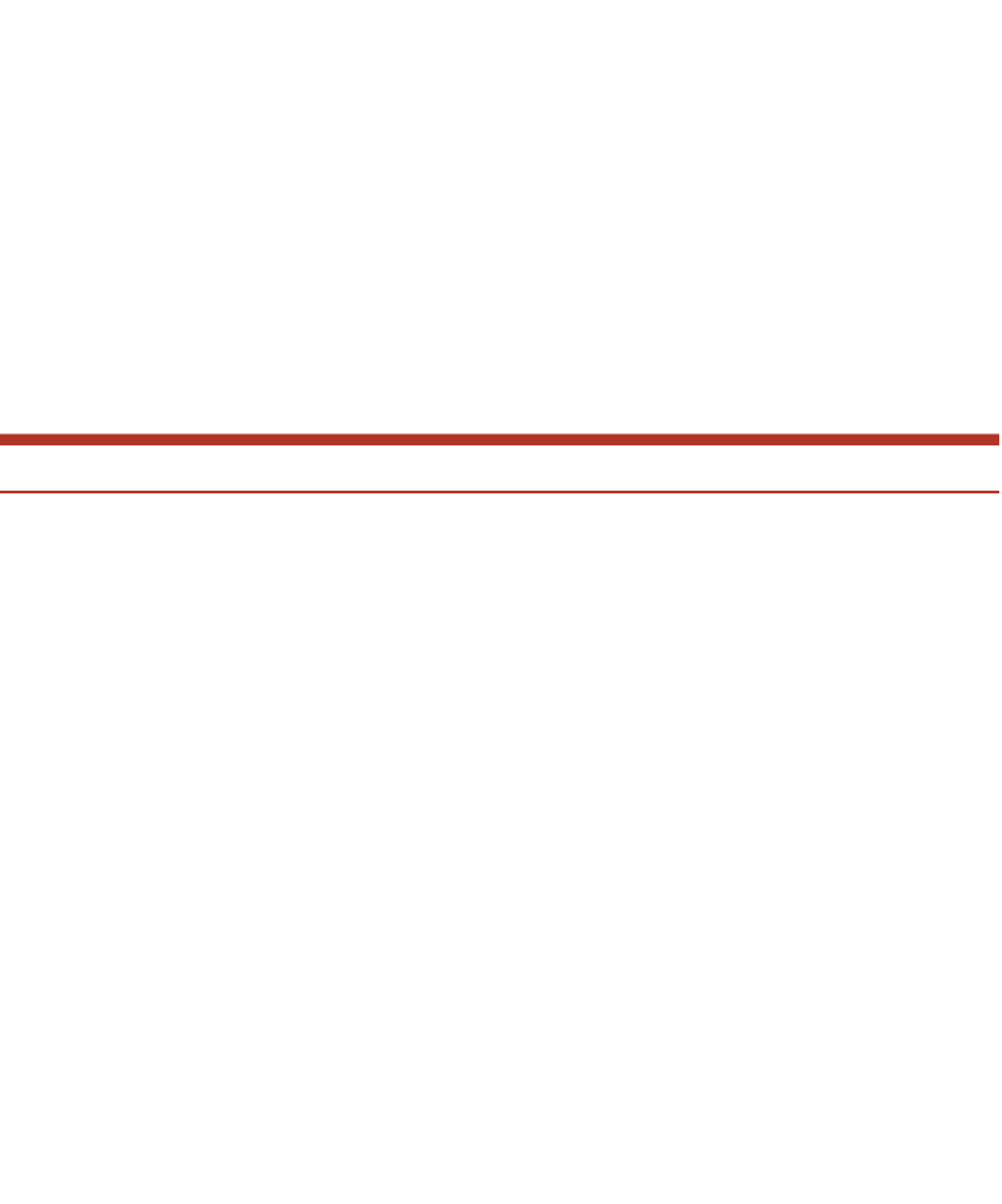Information Technology Reference
In-Depth Information
REVIEW QUESTIONS
1.
What is the purpose of systems design?
9. What activities go on during the user preparation phase of
systems implementation?
10. What is systems operation?
11. What are the major steps of systems implementation?
12. What are some tools and techniques for software develop-
ment?
13. Give three examples of an IS vendor.
14. How can SaaS be used in software acquisition?
15. What are the steps involved in testing the information
system?
16. What are some of the reasons for program maintenance?
Explain the types of maintenance.
17. How is system performance measurement related to the
systems review?
2.
What is interactive processing? What design factors should
be taken into account for this type of processing?
3.
How can the object-oriented approach be used during sys-
tems design?
4.
What is the difference between logical and physical design?
5.
What is environmental design?
6.
What are the different types of software and database
backup? Describe the procedure you use to back up your
homework files.
7.
Identify specific controls that are used to maintain input
integrity and security.
8.
What is an RFP? What is typically included in one? How
is it used?
DISCUSSION QUESTIONS
1.
Describe the participants in the systems design stage. How
do these participants compare with the participants of sys-
tems investigation?
9. What are the advantages and disadvantages of the object-
oriented approach to systems implementation?
10. You have been hired to oversee a major systems develop-
ment effort to purchase a new accounting software package.
Describe what is important to include in the contract with
the software vendor.
11. Assume that you are starting an Internet site to sell clothing.
Describe how you would design the interactive processing
system for this site. Draw a diagram showing the home page
for the Web site. Describe the important features of this
home page.
12. Identify the various forms of testing. Why are there so
many different types of tests?
13. What is the goal of conducting a systems review? What
factors need to be considered during systems review?
14. Describe how you would select the best admissions soft-
ware for your college or university. What features would
be most important for school administrators? What fea-
tures would be most important for students?
15. What issues might you expect to arise if you initiate the use
of a request for maintenance form when none had been
required previously? How would you deal with these issues?
16. Assume that you have a personal computer that is several
years old. Describe the steps you would use to perform sys-
tems review to determine whether you should acquire a
new PC.
2.
Assume that you are the owner of a company that is about
to start marketing and selling bicycles over the Internet.
Describe what environmental design steps you could use
to reduce power consumption with your information
system.
3.
Assume that you want to start a new video rental business
for students at your college or university. Go through log-
ical design for a new information system to help you keep
track of the videos in your inventory.
4.
Assume that you are the owner of an online stock-trading
company. Describe how you could design the trading sys-
tem to recover from a disaster.
5.
Identify some of the advantages and disadvantages of pur-
chasing a database package instead of taking the DaaS
approach.
6.
Discuss the relationship between maintenance and systems
design.
7.
Is it equally important for all systems to have a disaster
recovery plan? Why or why not?
8.
Several approaches were discussed to evaluate a number of
systems acquisition alternatives. No one approach is always
the best. How would you decide which approach to use for
evaluation when selecting a new personal computer and
printer?


